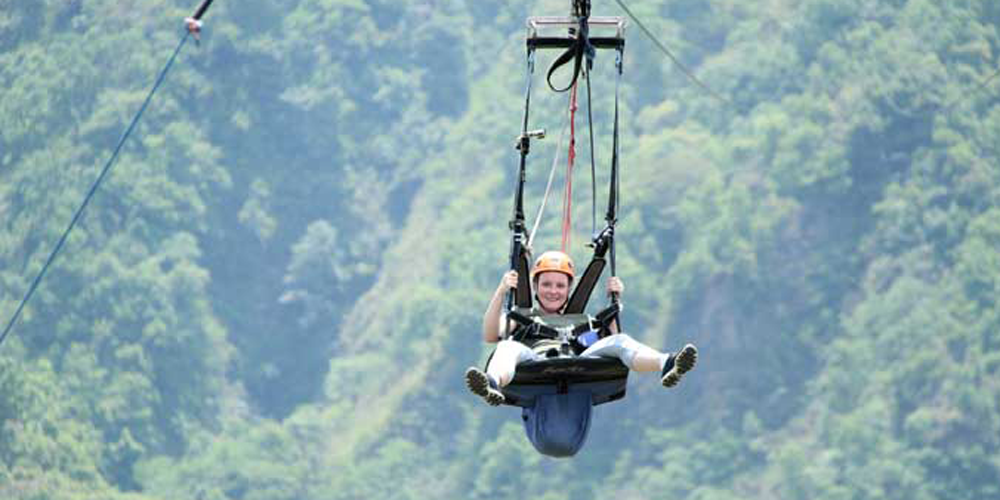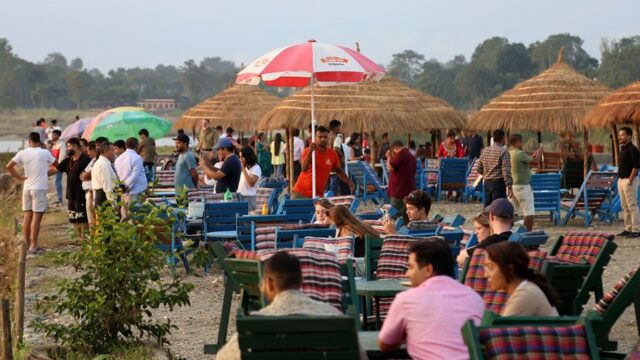Adventure tourism in Nepal has witnessed a remarkable rise over recent years, significantly influencing local economies in the country’s rural areas. This sector, known for its thrilling experiences like trekking, mountaineering, and rafting, has brought transformative changes to these regions, affecting various aspects of local life and the economy.
One of the most evident impacts of adventure tourism on rural economies is the boost it provides to local economies. The influx of tourists has led to increased spending on local goods and services, from food and accommodation to transportation and souvenirs. Small businesses, including local guesthouses, eateries, and shops, have flourished due to the consistent flow of visitors.
The rise in adventure tourism has created numerous employment opportunities for locals. Positions in the hospitality sector, such as guides, porters, and cooks, have become available, offering stable incomes to residents who might otherwise have limited job prospects. This employment not only improves individual livelihoods but also enhances community well-being.
The growth of adventure tourism has also spurred infrastructure development in rural areas. Roads, trekking trails, and communication networks have been upgraded to accommodate the increasing number of visitors. These improvements not only benefit tourists but also enhance the quality of life for residents. Enhanced infrastructure facilitates better access to services and markets, contributing to overall community development.
Adventure tourism fosters cultural exchange between visitors and local communities. Tourists often engage in cultural activities, participate in traditional festivals, and learn about local customs, which helps preserve and promote Nepal’s rich cultural heritage. This interaction also encourages locals to take pride in their traditions and crafts, creating a sense of cultural revival.
Despite the positive effects, adventure tourism also presents challenges. The increased footfall can lead to environmental degradation, strain on local resources, and a shift in traditional lifestyles. To address these issues, there is a growing emphasis on sustainable tourism practices. Initiatives such as eco-friendly lodges, waste management programs, and conservation efforts are being implemented to mitigate the negative impacts and ensure that tourism benefits are long-lasting and equitable.
Looking ahead, the continued growth of adventure tourism in rural Nepal presents both opportunities and challenges. By prioritizing sustainable practices and community involvement, Nepal can harness the benefits of adventure tourism while minimizing its drawbacks. This balanced approach will ensure that rural areas not only continue to thrive economically but also preserve their unique cultural and environmental landscapes for future generations.
Adventure tourism has undeniably influenced local economies in rural Nepal by boosting economic activity, creating employment opportunities, and fostering infrastructure development. While challenges remain, the potential for sustainable growth offers a promising path forward for both local communities and the tourism industry.






